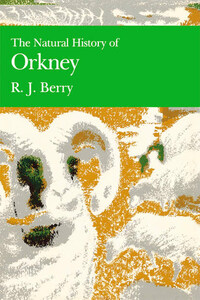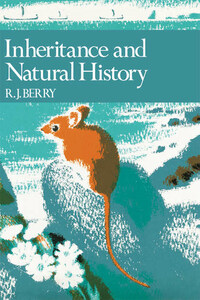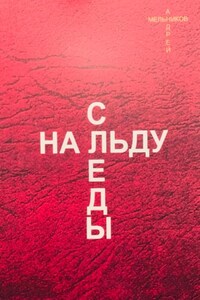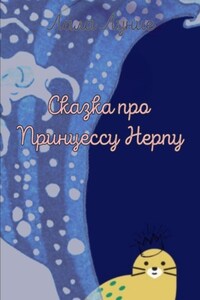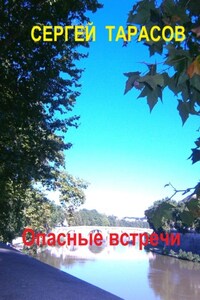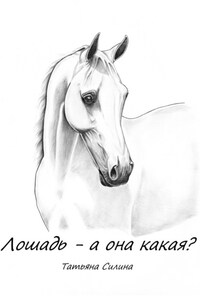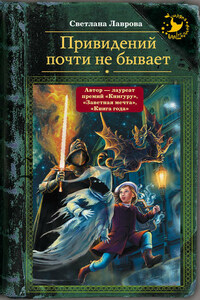Fairly soon after the New Naturalist on the Natural History of Shetland was published, Robert Macdonald, then Natural History Editor of Collins asked me if I would write a complementary volume about Orkney. My immediate reaction was to refuse; I knew much less about Orkney than Shetland, and to cover Shetland properly, the writing had been a joint effort between Laughton Johnston (at the time the Nature Conservancy Council Officer in Shetland) and myself, with chapters by outside experts on geology, vegetation, Fair Isle, and the effects of oil. However, having talked with a group of Orkney Field Club members, including some of those most knowledgeable about Orkney natural history, I changed my mind, for four reasons:
1. My own research interests had moved from Shetland to Orkney, and I was becoming more and more fascinated by the county.
2. There were authoritative booklets available on the birds and the flowering plants of Orkney, but no general account of the islandsâ biology. In 1975 the Nature Conservancy Council (NCC) published the proceedings of a symposium on the Natural Environment of Orkney which contained much valuable information, but did not attempt to provide a complete coverage of Orkney natural history. There are some extremely good books on the history and geography of Orkney but they touch on natural history only in passing. There did not seem to be any single person likely to bring together the knowledge and understanding of Orkney natural history into one book, which, it was commonly agreed, was needed.
3. But the crucial factor, and the one that really made the book possible, was the cooperation of some of the best Orkney naturalists, who undertook to provide me with extended notes on subjects in which they were expert, and allow me to reword these in my own style. My name appears on the title page, but this book is truly a joint effort. There was a core which planned it from the start, and it is proper to acknowledge this. This group consisted of:
Miss Elaine R. Bullard, expert, even though amateur, plant ecologist and Orkney conservationist;
Dr Paul Heppleston, senior biology teacher at Kirkwall Grammar School, formerly with the Sea Mammal Research Unit of the Natural Environment Research Council; Mr David Lea, formerly Orkney representative of the RSPB, and now responsible for the local guide organization, Go Orkney; Mr Peter Reynolds, Assistant Regional Officer in Orkney for the NCC.
As well as their general involvement, Elaine Bullard was largely responsible for chapter 4 and part of chapter 10, Paul Heppleston for chapter 7, and Peter Reynolds for chapter 12.
Special thanks are due to Mr Eric Meek of Stenness, RSPB representative for Orkney, who has worked hard and long on both chapter 9 and the bird status list. His specialized knowledge of ornithological niceties has been invaluable.
In addition, other major help has come from Dr John Parnell of Queenâs University, Belfast (chapter 3, on geology); Dr Alan Jones of the University of Dundee, Director of the Orkney Marine Biology Unit at Scapa (chapter 5, on the sea shore); Dr Bernard McConnell and the late Bill Vaughan of the Sea Mammal Research Unit (seals); Dr P. G. H. Evans, University of Oxford (whales); Professor Charles Gimingham, University of Aberdeen (vegetation); Ian Lorimer of Orphir (Lepidoptera); Mrs Sheila Spence of Harray (land mammals); and Mr Eoin Ross, formerly librarian at Kirkwall Grammar School (chapter 11, on Orkney naturalists). Other people who have contributed or helped include Dr Ian Baugh (NCC, Edinburgh); Dr Bill Bourne (Aberdeen); Dr James Cadbury (RSPB); Dr Olaf Cuthbert (Evie); Professor George Dunnet (Aberdeen); Professor Derek Flinn (Liverpool); Paul Harding (Biological Records Centre, Institute of Terrestrial Ecology); Mrs Jenny Moore (British Museum (Natural History)); Peter Leith (Stenness); Vincent Lorimer (Orphir), Mrs Nora McMillan (Merseyside Museum); Dr Peter Maitland (ITE); Jim Walker (Kirkwall); Colin Welch (ITE), and Douglas Young (North of Scotland College of Agriculture). Dr Morton Boyd, Director (Scotland) of NCC until 1985 supported the whole project, and gave permission to quote freely from the NCCâs publication Natural Environment of Orkney (edited by Rawdon Goodier). I have quoted freely from many relevant publications throughout the book, and am grateful to the following for copyright permission: Mr G. Mackay Brown, Mrs M. Linklater, Orkney Islands Council, Mr R. P. Rendall, Social Science Research Council, and Cassell Ltd (publishers of Churchillâs
